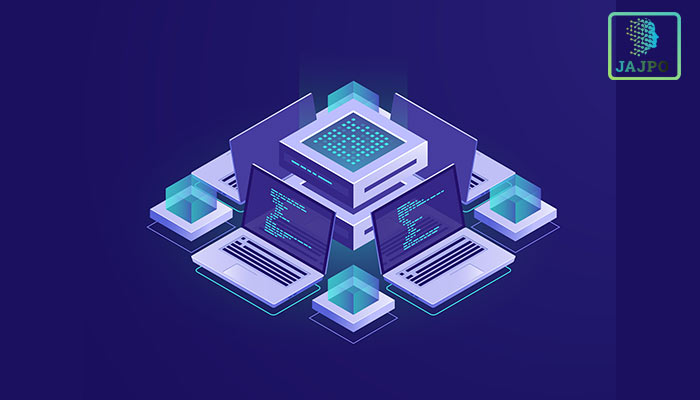Machine learning generates precise outcomes by gleaning significant insights from large datasets. Then, this information is used to solve important banking and finance problems that are hard and involve a lot of data.
Also, machine learning algorithms can learn from the data, processes, and techniques used to find different insights. Problems that finance companies face when putting AI and machine learning solutions in place.
artificial intelligence and machine learning in banking

When creating solutions based on machine learning, financial services companies often encounter some of the problems listed below.
Lack of KPI knowledge
Financial services companies want to take advantage of this great chance but often fail because they have unrealistic goals and don’t understand how AI and Machine Learning work (or why they need it).
Costly R&D
Financial services companies often have trouble keeping track of their data because it is stored in different places, like in reporting software, regional data hubs, customer relationship management systems, etc. Companies must spend a lot of time and money to prepare this data for data science projects.
These problems add up to making estimates that are too low and use up the whole project’s budget. This is why finance companies need to set realistic goals for each machine learning services project, depending on their business goals.
The benefits of machine learning in finance
Even though the above problems exist, here are a few reasons why banks and other financial services companies should think about using Machine Learning:
- Better productivity and user experience have led to more money coming in.
- Automation of the process keeps costs down.
- Better compliance and more security
Machine Learning Use Cases In Banking
Here are a few ways that machine learning algorithms can or are being used in the finance industry:
Financial Monitoring
Algorithms for machine learning can be used to make networks much safer. Data scientists are always training systems to look for red flags, such as ways to launder money, which can be stopped by keeping an eye on finances. In the future, there is a good chance that machine learning technologies will power the most advanced cybersecurity networks.
Making predictions about investments
Because machine learning-enabled technologies give fund managers advanced market insights, they can spot specific changes in the market much earlier than they could with traditional investment models.
With big names like Bank of America, JPMorgan, and Morgan Stanley putting a lot of money into machine learning technologies to make automated investment advisors, it’s clear that the investment banking industry is being shaken up.
Automation of Process
With solutions that are powered by machine learning, finance companies can get rid of all manual work by automating repetitive tasks through intelligent process automation. This increases business productivity. Some ways that machine learning is used to automate processes in finance are chatbots, the automation of paperwork, and the use of games to train employees. This lets finance companies improve their customers’ experiences, cut costs, and offer more services on a larger scale.
Also, Machine Learning technology makes it easy to access data, understand behavior, follow patterns, and recognize them. This could easily be used to make customer service systems that work like real people and can answer all the different customer questions.
One company that does this is Wells Fargo, which uses ML-driven chatbots on Facebook Messenger to talk to its customers in a good way. Customers can use the chatbot to find out everything they need to know about their accounts and passwords.
Safe Money Transfers
Machine Learning algorithms are great at finding transactional fraud because they can look at millions of data points humans usually don’t notice. ML also helps improve the accuracy of real-time approvals and reduces the number of false rejections. Most of the time, these models are based on how clients act online and their past transactions.
ML-powered technology can not only find fraudulent behavior with high accuracy, but it can also spot suspicious account behavior and stop fraud in real-time instead of finding it after the crime has been committed.
A study found that financial institutions must pay close to $2.92 to get back almost every dollar lost to fraud. Credit card fraud detection is one of the best ways ML has been used. Most banks have monitoring systems trained on data from past payments. Credit card transaction data is used to train, validate, and test algorithms. Classification algorithms powered by machine learning can easily label events as fraud or not fraud to stop fraudulent transactions in real time.
Risk Assessment
Banks and other financial institutions can significantly lower risk levels by analyzing many data sources with machine learning techniques. On the other hand, traditional methods usually only look at important information, like a person’s credit score. Conversely, ML can look at a lot of personal information to reduce their risk.
Machine learning technology also gives banks and other financial services organizations useful information they can use to make decisions in the future. One example would be programs that use machine learning to look at different data sources about customers who want to borrow money and give them risk scores. Then, machine learning algorithms could easily predict which customers are likely not to pay back their loans, which would help companies rethink or change the terms for each customer.
